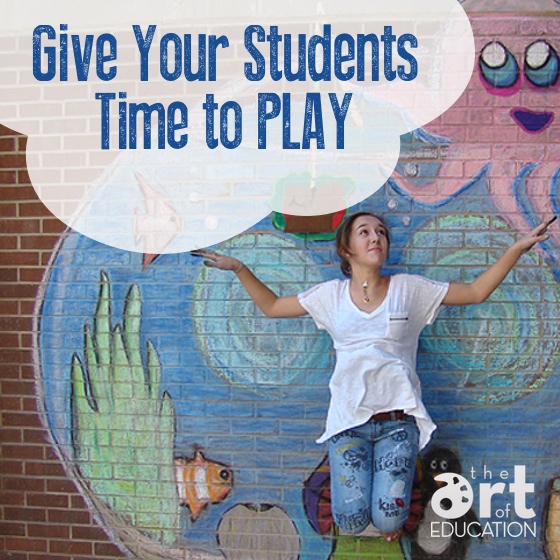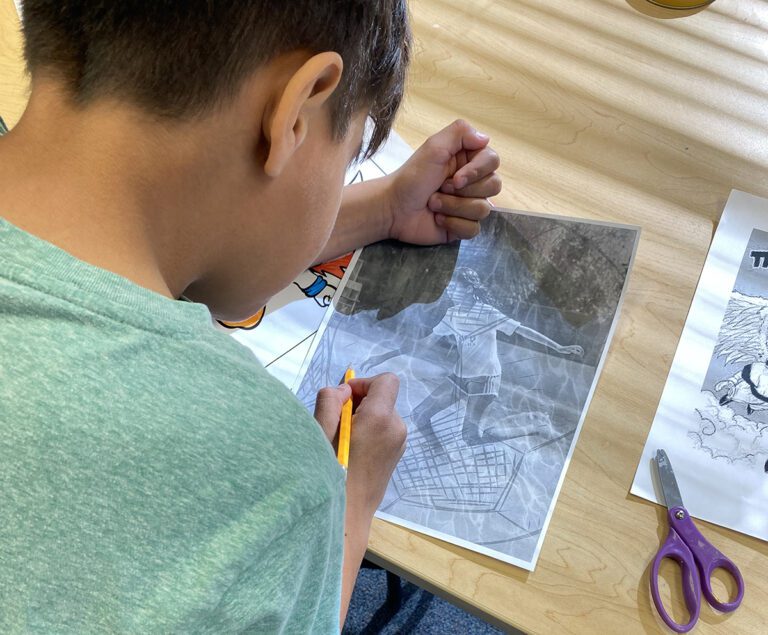As art teachers, we appreciate it when artists come up with new and innovative ways of using materials. Whether it is new painting techniques or ways to melt glass into sculptures, we respect the ingenuity. Often, we admire the new method enough that we encourage our students to emulate the process. We want our students to create works of art as equally innovative. However, our enthusiasm may be misplaced. Instead of recreating the project, we need to give our students the time and space needed to emulate the process.
In other words, we need to let our students play.
Artists Play
Today’s contemporary artists take time to both think and to play. They might see a material and wonder about its qualities. They may question how it could be manipulated in ways beyond the medium’s initial purpose. At some point, they will take hold of this medium and experiment with it. They want to see how it works and how it reacts under different circumstances. It is through these moments of play that new discoveries are made and new ways of creating art are invented.
What is Play?
Perhaps the best way to explain play is to define what play is not. Play is not an exercise. If the purpose of the lesson is for the student to discover a pre-determined result, the student is not truly playing. For example, it is not authentic experiment if a student is given yellow and red paint and told to mix them to see what happens. Play works best when it is student directed and when they are curious about the possible outcomes.
Though the concept of play sounds very open, it can be limited in scope to help students make decisions. Say a student knows they want to create a work in pastel but can’t decide between oil and chalk. Say they are also indecisive about the type of paper they will select. Allowing the student to play with both types of pastels on several types of paper allows for an educated decision. Other times play can and should be more open. Students who are given time to play with different types of media are challenging both their problem solving skills as well as their creativity.
Providing Play Resources
The resources needed when students play involve both material and time. Tight budgets tend to make teachers cautious about freely handing out materials. Play may be viewed as a waste of these materials which are usually only handed out according to a specific need. However, learning about mistakes while working on smaller experiments can save from a larger waste happening later on.
Time is also a key factor. With so much emphasis placed on today’s “time-on-task” mentality, play might be viewed as students not working. However, true learning comes from trying and failing. Students need to be given enough time to explore as many different options as possible. They need time to make mistakes and time to determine if there are solutions to any mishaps.
As educators, we do our students a disservice by not providing them the opportunity to experiment. If we want true innovation instead of simulation, our students need time to play.
Do you work play time into your lessons? Why or why not?
What differences do you see in your students when they are allowed to experiment?
Magazine articles and podcasts are opinions of professional education contributors and do not necessarily represent the position of the Art of Education University (AOEU) or its academic offerings. Contributors use terms in the way they are most often talked about in the scope of their educational experiences.





